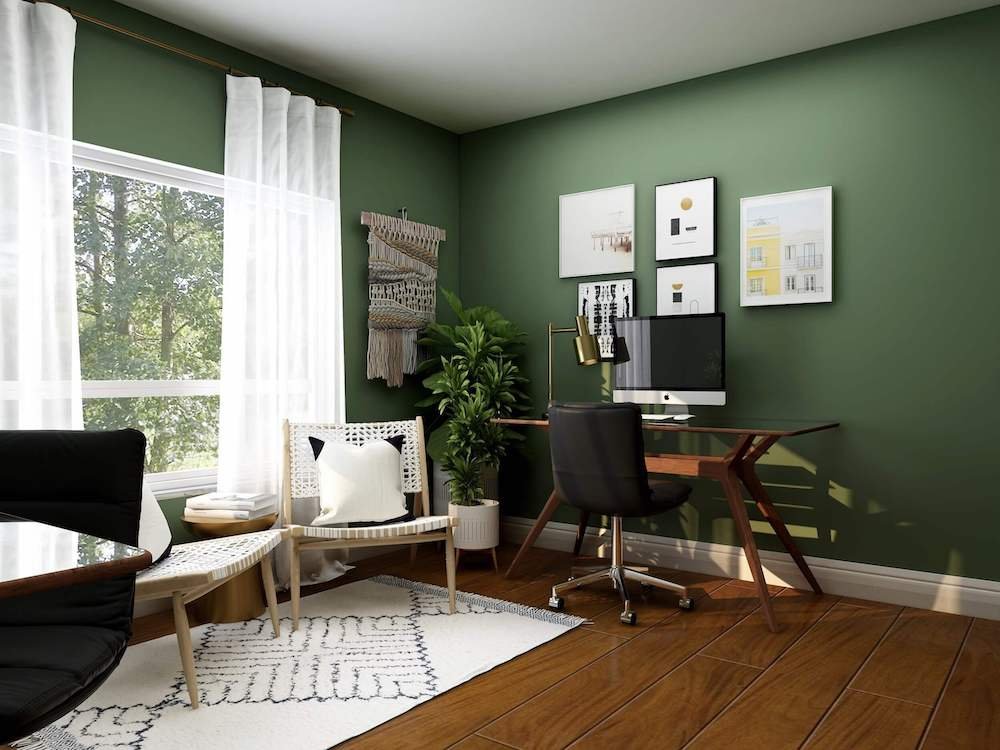What is Fast Furniture & Why It's Bad
Fast furniture is the overproduction of cheap furniture that is not crafted to last. While fast furniture presents many budget friendly options, it's not the best for the environment and will probably have to be replaced quicker than if you spent the extra money on quality furniture.
This is because it's typically made with lower cost materials that are not as durable.
A lot of fast furniture also focuses on current trends and is built to be disposed when the next best thing comes along.
Pin this sustainable home guide for later
This blog post will explore why fast furniture is bad and provide you with resources for shopping for less toxic furniture!
Why Should You Avoid Fast Furniture?
These are a few key reasons you might want to avoid fast furniture!
Use of Toxic chemicals
Fast furniture manufacturers use glue, paint and stain, wood finishes and chemical retardants which contain toxic chemicals such as formaldehyde and chlorinated tris which pose serious health risks such as cancer, thyroid disease, decreased fertility, lower IQ, and other harmful health effects.
Since 90% of our time is spent indoors, exposure to these chemicals may have lasting effects on our health more than we realize.
Lower quality
Fast furniture may be cheap and convenient but it’s designed not to last. Most fast furniture is made with particle board, which not only doesn't last but is almost impossible to repair or refurbish leading to a wasteful cycle of buying and throwing out.
This can also be more expensive for the end consumer! Sometimes you might actually SAVE money by purchasing a higher quality item because it will last longer.
Overproduction
Fast furniture trends have become more frequent and seasonal and brands are trying to keep up by producing more. The problem is that most factories have been built to produce large quantities to make a profit.
As a result, fast furniture brands make way more products than the market demands, resulting in extensive waste of resources.
Landfill waste
How many times have you seen furniture left on peoples’ curbs saying “free?” probably countless times.
According to the EPA, Americans alone throw out over 12 million tons of furnishings and furniture each year. The variety of materials in many of the items makes them hard to recycle and most of them end up in landfill.
Exploitation of natural resources
Wood is one of the most widely used materials in furniture, and the increasing global demand for low-cost timber threatens the world’s natural forests.
The deforestation caused by illegal and unsustainable logging contributes to biodiversity loss and worsens the effects of climate change
Ethical issues
As with fast fashion, fast furniture supply chains have major ethical issues. Companies make these items in developing countries with different employee ethics that allow for lower pay and longer working hours.
Additionally, workers have to deal with harmful sawdust and carcinogens released in the manufacturing process.
3 Ways to Avoid Fast Furniture
As a consumer, YOU can be part of the solution!
Value the furniture you have
Cherish the furniture you already have! This helps reduce waste! And when you’re ready to buy new, look for timeless high quality pieces that will last you for years to come!
Look for Third Party Certifications
Third party certifications can be helpful when trying to purchase responsibly. A few popular certifications to look for when shopping for home products include FSC Certified, OEKO-TEX Certified, Fair Trade Certified, and Cradle to Cradle.
Buy from Sustainable & Socially Responsible Furniture Brands
If you’re interested in finding ethical & eco-friendly furniture brands, check out these guides!
For more ethical & sustainable fashion tips be sure to follow The Honest Consumer on social media, subscribe to our newsletter, & check out the Ethical & Sustainable Brand Directory.
















